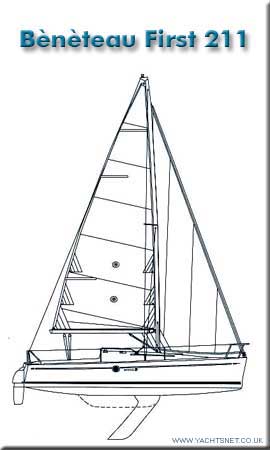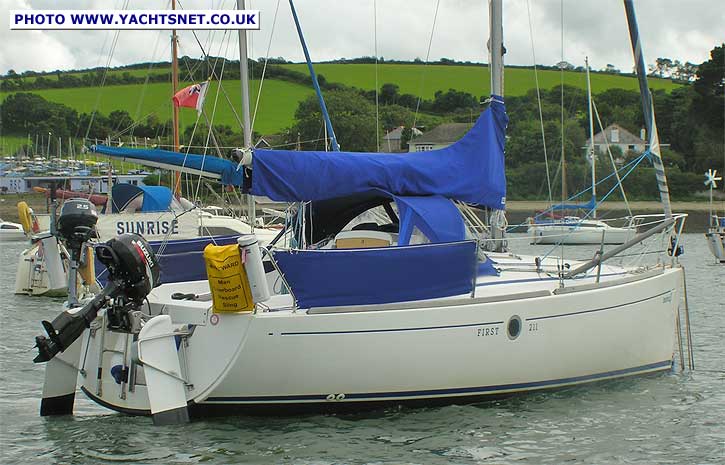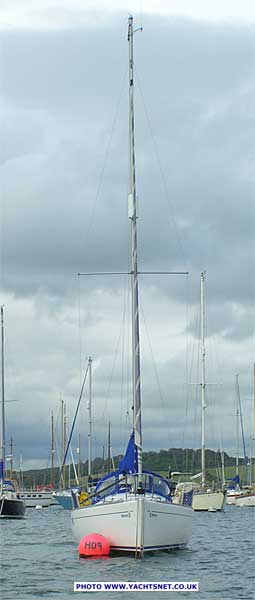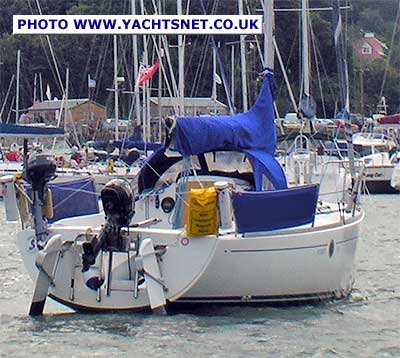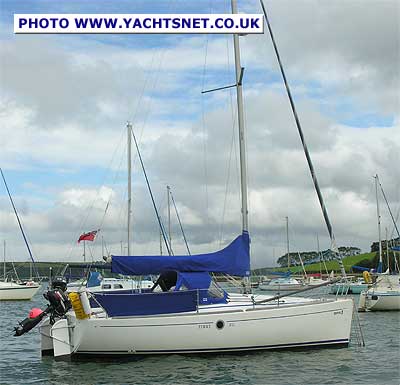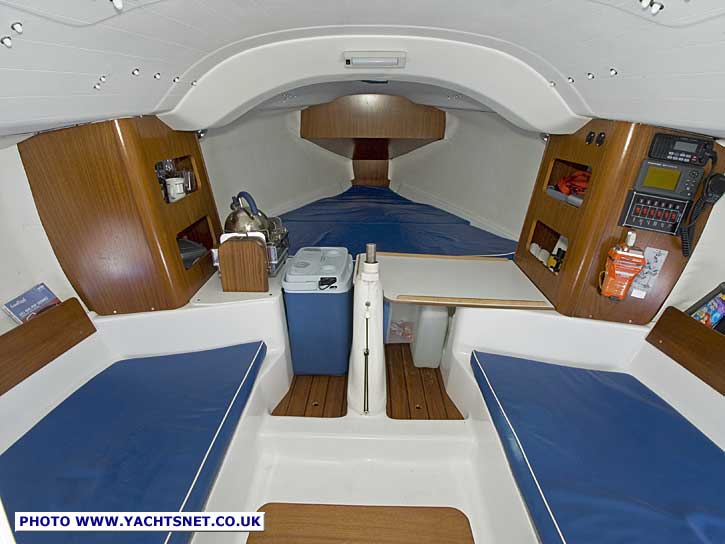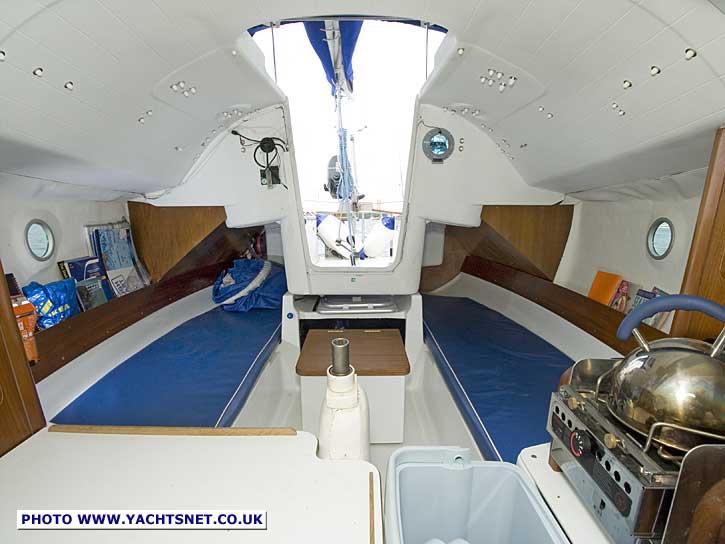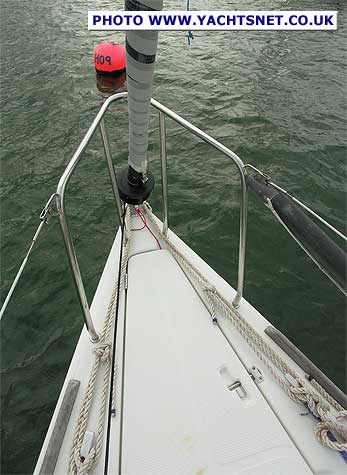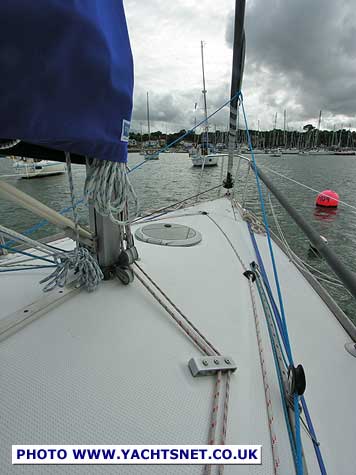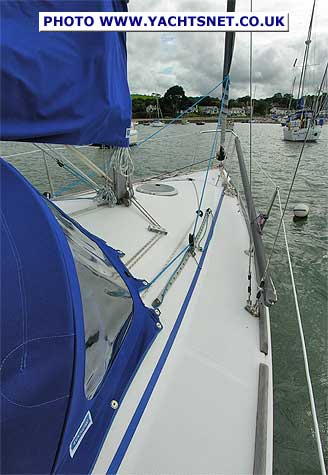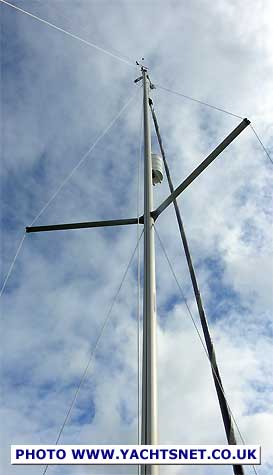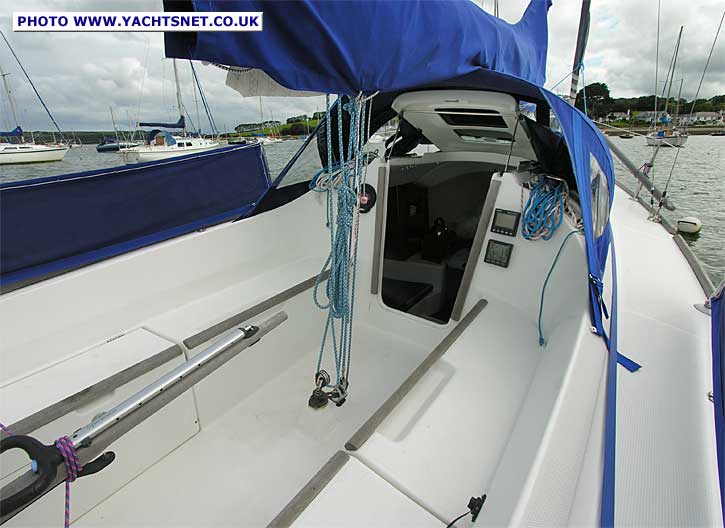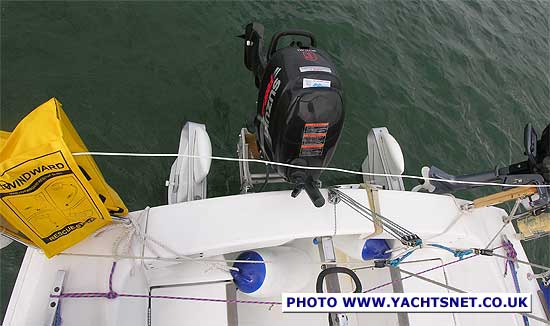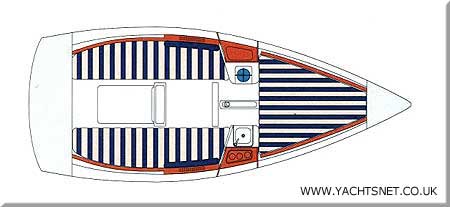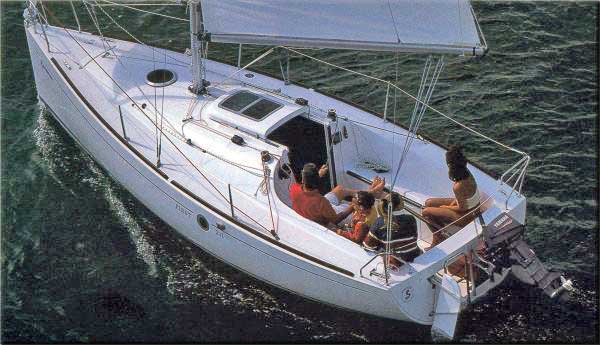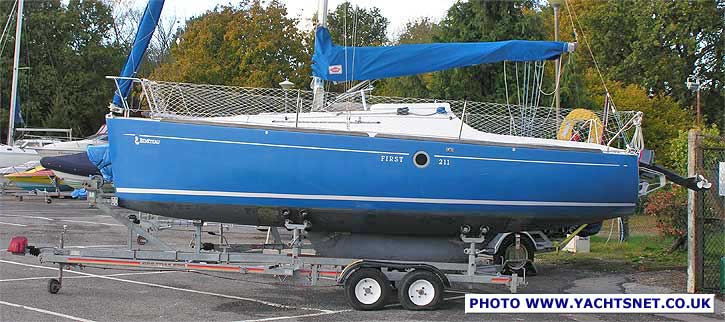| |
|
|
|
|
|
|
|
|
| © Yachtsnet Ltd. 2000/2025 |
|
|
|
| |
|
|
UK sailing yacht brokerage and boat sales
|
| |
The following information and photographs are
displayed as a service to anyone researching yacht types. HOWEVER THE PHOTOGRAPHS AND TEXT ARE COVERED BY COPYRIGHT, AND MAY NOT BE REPRODUCED WITHOUT THE PERMISSION OF YACHTSNET LTD. Details and photographs
are normally based on one specific yacht, but could be a compilation.
No reliance should be placed on other yachts of the same class being
identical. Where common variations exist, we have endeavoured
to indicate this in these archive details. |
Beneteau First 211 |
Brief details
|
Builder |
Bènèteau, France |
An ultra-modern small
fast cruiser/racer - in style very much a miniaturised Open 60,
the Beneteau First 211 offers very high sailing performance for
her size, plus simple accommodation for up to four. The boat is
very much dinghy-style to sail, although the keel does make her
self-righting, and foam buoyancy renders her unsinkable. Whether
or not a trailer is included has a significant effect on price,
as does age and condition/inventory. |
LOA |
21' 0" |
Sail area |
271 sq ft main and genoa, plus 405 sq ft spinnaker
|
LWL |
19' 8" |
Rig |
sloop |
Beam |
8' 2" |
Cabins |
1 |
Draught |
2' 4" keel up to 5' 10" keel down |
Berths |
4 |
Displacement |
2,425 lbs |
Engine |
Outboard |
Ballast |
772 lbs |
BHP |
typically 4 - 6 |
Keel type |
Profiled cast iron drop keel with twin rudders |
|
|
Designed by Groupe Finot, and introduced in
1998 as a replacement model for the 1992 model First 210,
the Beneteau First 211 is a small high performance yacht designed
to be simple to sail, and able to take the ground or be trailed.
The words 'pocket rockets' tend to be used to describe these
boats!
The design was revised to become the Beneteau First 21.7
in 2005. All three models, 210, 211 and 21.7 are very similar
in style and concept, and share many actual components, probably
including the hull moulding itself.
The hull of the Beneteau First 211 is solid GRP, with sandwich
construction for the deck moulding. There is foam buoyancy
at bow and stern, guaranteeing unsinkability. The ballasted
drop keel is raised by by a manual jack, and allows easy transport
of the boat as well as drying out if required, supported level
by the twin rudders.
The sailplan has a non-overlapping jib to keep sheet loads
down, and a large spinnaker to achieve high speeds downwind.
With almost 6 ft draught with keel down, and twin rudders
for control, upwind performance is also excellent.
|
|
|
|
